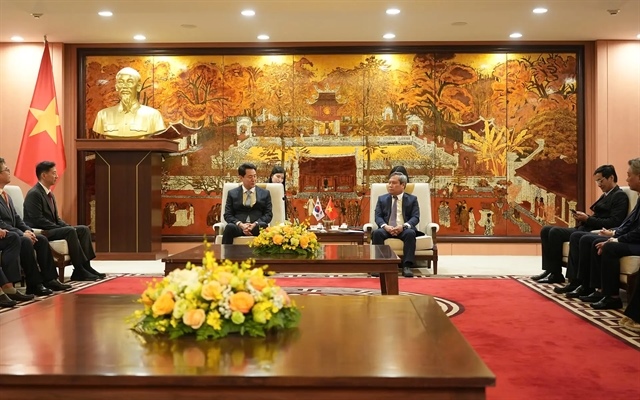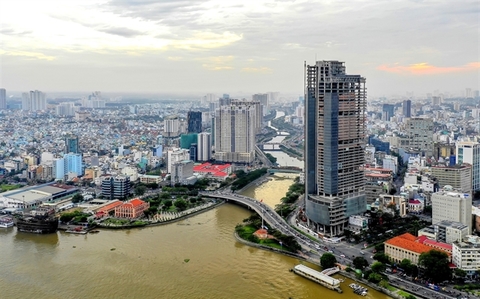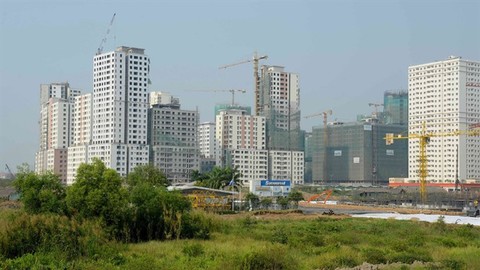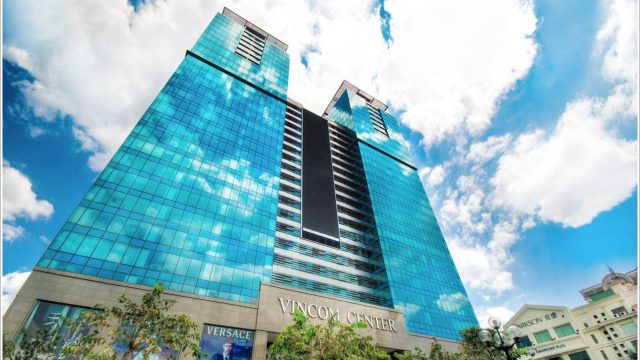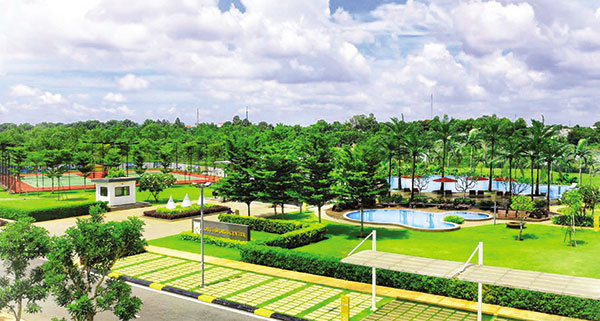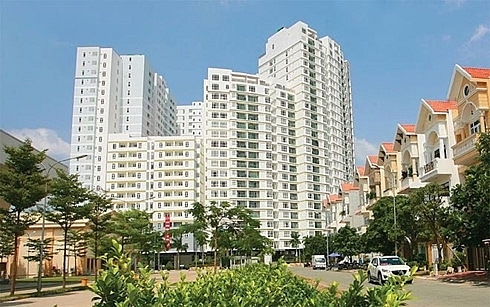Evolving office space: Traditional versus alternative
Evolving office space: Traditional versus alternative
Never before have office alternatives, particularly co-working space, been mentioned as many times as in 2017. Meanwhile, traditional offices also witnessed impressive performance in the Grade A segment. Where is the competition heading?
Game-changing office alternatives
Office alternatives are a worldwide trend that started years ago and include flexible office spaces like business centres in hotels, which later evolved into the serviced office concept, co-working space, and mixed-use models like officetels. As opposed to the inflexibility of traditional offices with long lease terms and large leasable areas, these alternatives provide flexible lease by the desk on weekly or monthly bases, with the flexibility to add on extra services (meeting room, printing, food and beverage) as required. Rent ranges from luxury serviced office, which suits business travellers and international companies with short-term small office demand, to affordable co-working space—an economical solution for young businesses.
The development of office alternatives in recent years has been nurtured by two factors: the rising startup movement in Vietnam and the new generation’s changing working habits. 2017 was a booming year for the startup culture, as the Vietnamese government has approved and implemented many encouraging policies for young enterprises.
According to statistics announced on December 25, 2017 by the Business Registration Management Agency of the Ministry of Planning and Investment, the number of newly registered companies in 2017 reached a record high at 126,859. Small- and medium-d enterprises (SMEs) remained in the majority (97 per cent), creating a large demand for smaller office space at a more reasonable price than traditional offices. And office alternatives provide just that!
Additionally, changes in the social behaviour of the new generation of white-collar workers should be taken into account. Freedom, creativity, and flexibility are increasingly valued by millennials (generation X) and generation Y. Office alternatives allow them to choose between working independently in privacy or working in an open space where they can socialise, network, and share ideas with like-minded people. Many professionals believe these environments improve work performance, making office alternatives an increasingly popular choice.
Traditional offices going strong
2017 witnessed excellent performance from traditional offices, particularly Grade A offices in Hanoi and Ho Chi Minh City. According to the latest statistics from Savills Vietnam, Grade A occupancy remained above 90 per cent throughout 2017, and a significant improvement since 2014’s 70 per cent. The central business districts (CBD) observed impressive occupancy at above 95 per cent and average rent at $33-34 per square metre. As office space remains limited, many developers have promptly converted their land use certificates and constructed new office buildings in the two cities, which are expected to provide a new supply for the commercial market in 2019.
For foreign investors, traditional offices in Vietnam remain an attractive asset class. According to Savills World Office Yield Spectrum, Hanoi and Ho Chi Minh City offered the highest office yields in the world, surpassing 52 other cities, such as Perth (Australia), Manila (the Philippines), and Chicago (the US). As occupancy remains high, rents are expected to increase in the next 2-3 years, bringing high yields to investors in the traditional office class.
Birds of a different feather
At the moment, traditional offices still dominate the Vietnamese market, as the market share of office alternatives is insignificant in commercial leasing. However, these concepts are expanding at an exponential rate, following a worldwide trend. It needs to be asked: will office alternatives one day replace traditional offices?
Instead of looking at these two models as rivals, we should consider them as two different branches of the evolutionary tree of the office market. Office alternatives, which originated as a solution for the inflexibility of traditional offices, are now evolving to respond to changes in the way the millennial generation works. In developed markets, the concept is thriving and is being incorporated in other property types, such as retail and urban hotels due to the buzz shared office space creates.
On the other hand, traditional offices could also incorporate the flexibility of office alternatives, like creating multi-functional common spaces to match the new workforce’s demand to work in a more open and connected environment. This movement does not necessarily lead to the end of either one model, but is rather a lesson for office developers and landlords to adapt and move towards flexibility as a norm in the new decade.





